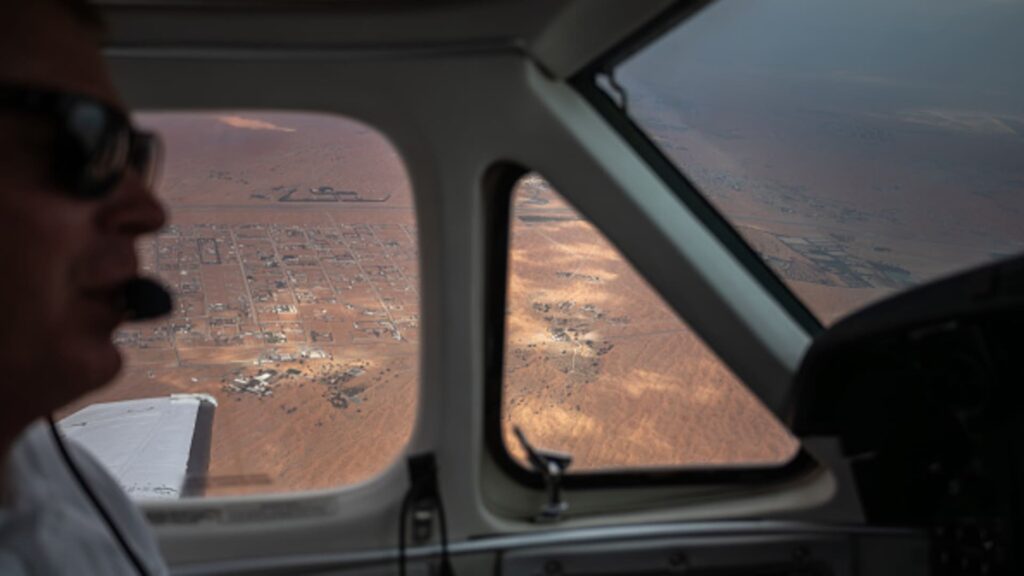Rising global temperatures have added a strain on regions like the Middle East, which is extremely vulnerable to the impacts of climate change.
These nations are now faced with a big problem, how can they solve their water shortage issues?
The United Arab Emirates averages less than 200 millimeters of rainfall a year, in stark contrast to London’s average of 1,051 millimeters and Singapore’s 3,012 millimeters.
In the UAE, temperatures can reach as high as 50 degrees Celsius (122° Fahrenheit) during the Summer, where 80% of the country’s landscape is covered with desert terrain.
Extreme heat could exacerbate water scarcity issues and impose restraints on agricultural productivity in the country.
The United Nations projects that by 2025, 1.8 billion people will face absolute water scarcity across the world. The Middle East stood out as one of the most water-stressed areas with around 83% of the population in the region prone to experiencing high levels of water stress.
With water scarcity at the core of the region’s challenges, the Gulf state implemented a program aimed at addressing this issue.
Introduction of cloud seeding
In the 1990s, the UAE introduced a rain enhancement methodology called cloud seeding. Cloud seeding is the process of increasing the amount of rain produced from the clouds above, which is designed to improve water shortage issues in arid regions around the emirate.
A view of the UAE city of Al Ain during a cloud-seeding mission on January 31, 2024 in Al Ain, United Arab Emirates.
Andrea Dicenzo | Getty Images News | Getty Images
By the early 2000s, Sheikh Mansour Bin Zayed Al Nahyan, the vice president of the UAE, allocated up to $20 million for research into cloud seeding. The UAE partnered with the National Center for Atmospheric Research in Colorado and NASA to set up the methodology for the cloud seeding program.
The government introduced a task force called The National Center of Meteorology (NCM) in Abu Dhabi where more than 1,000…
Read the full article here





